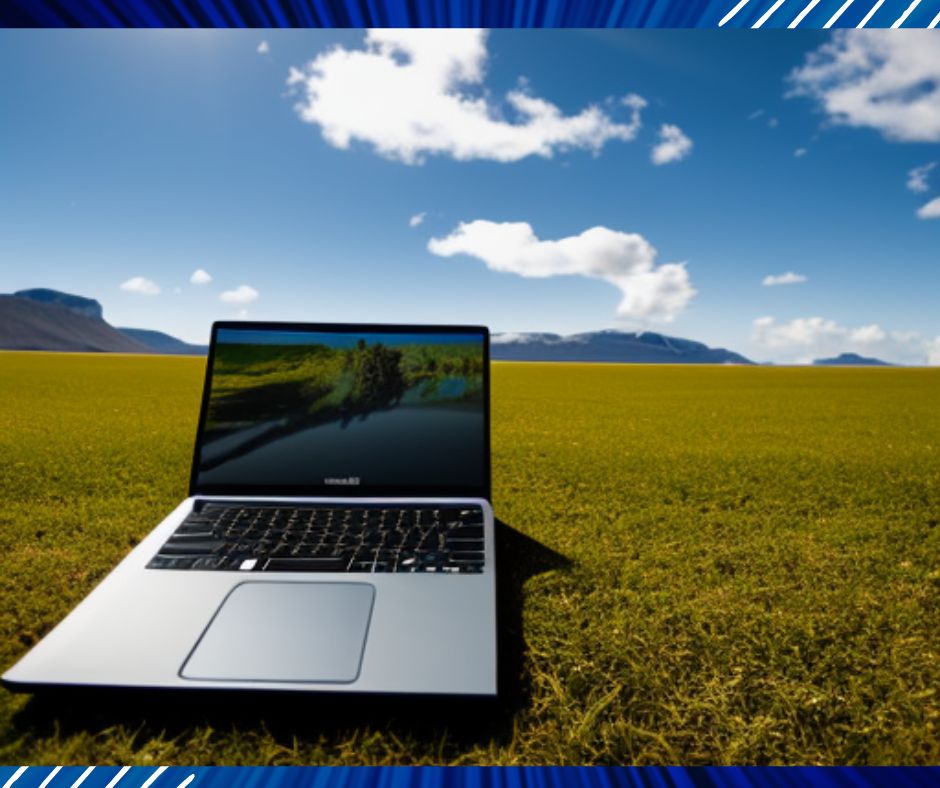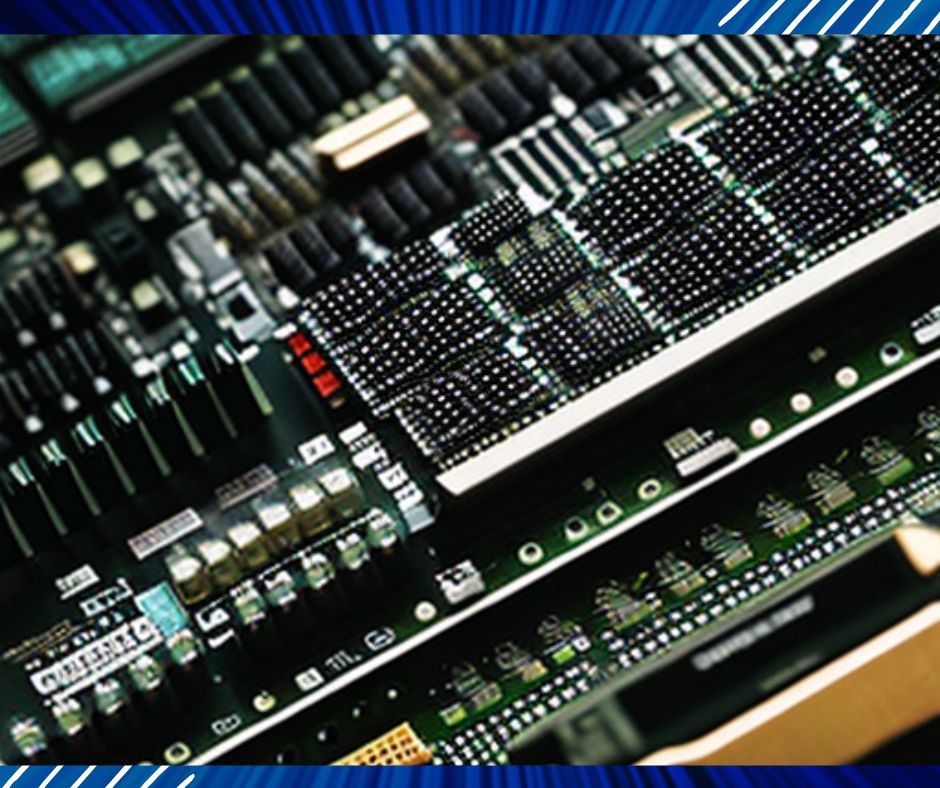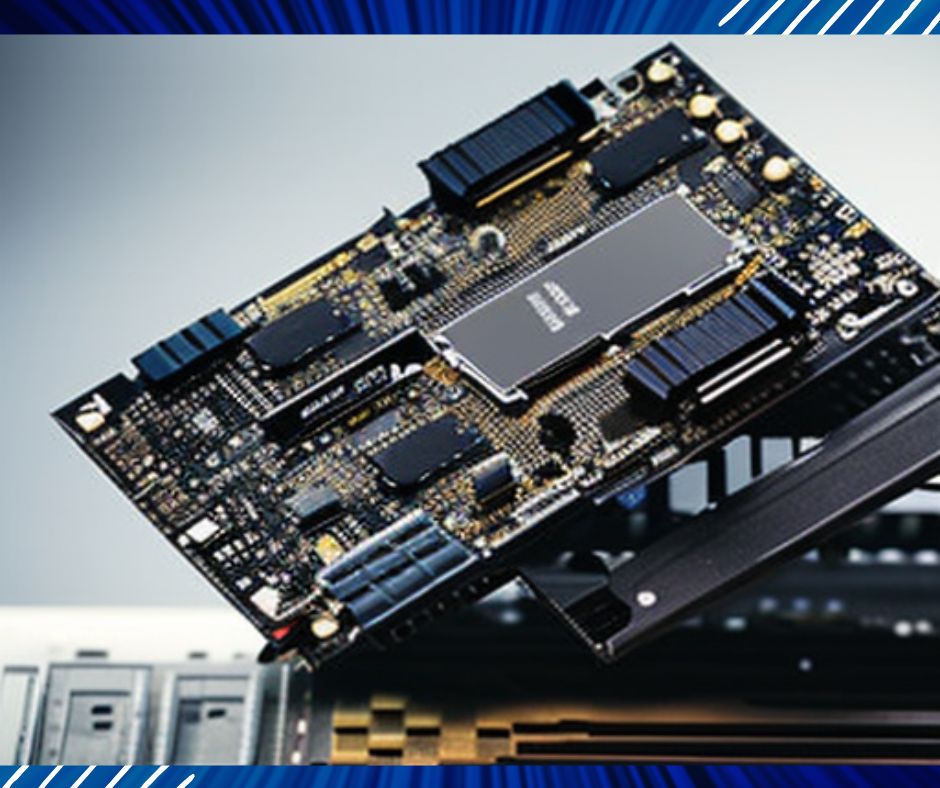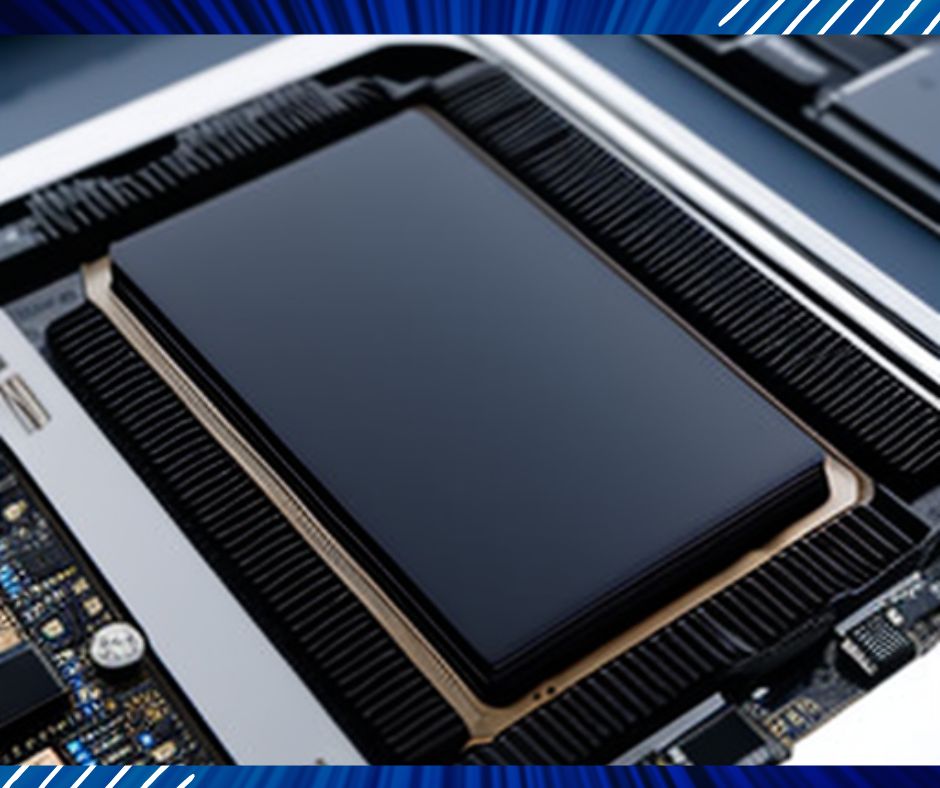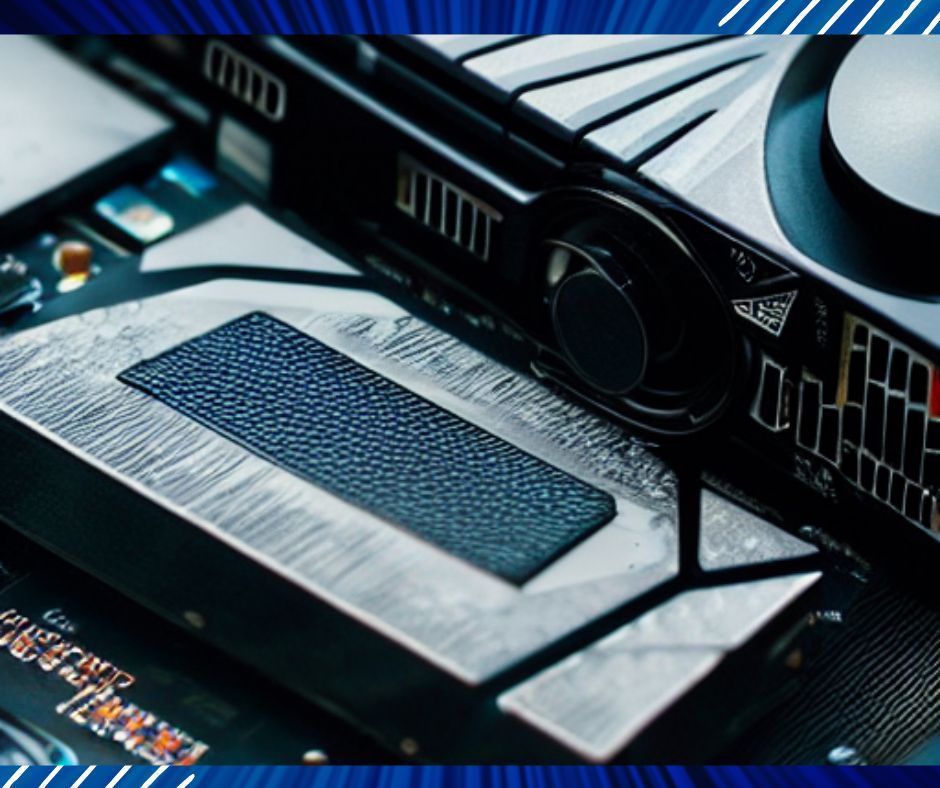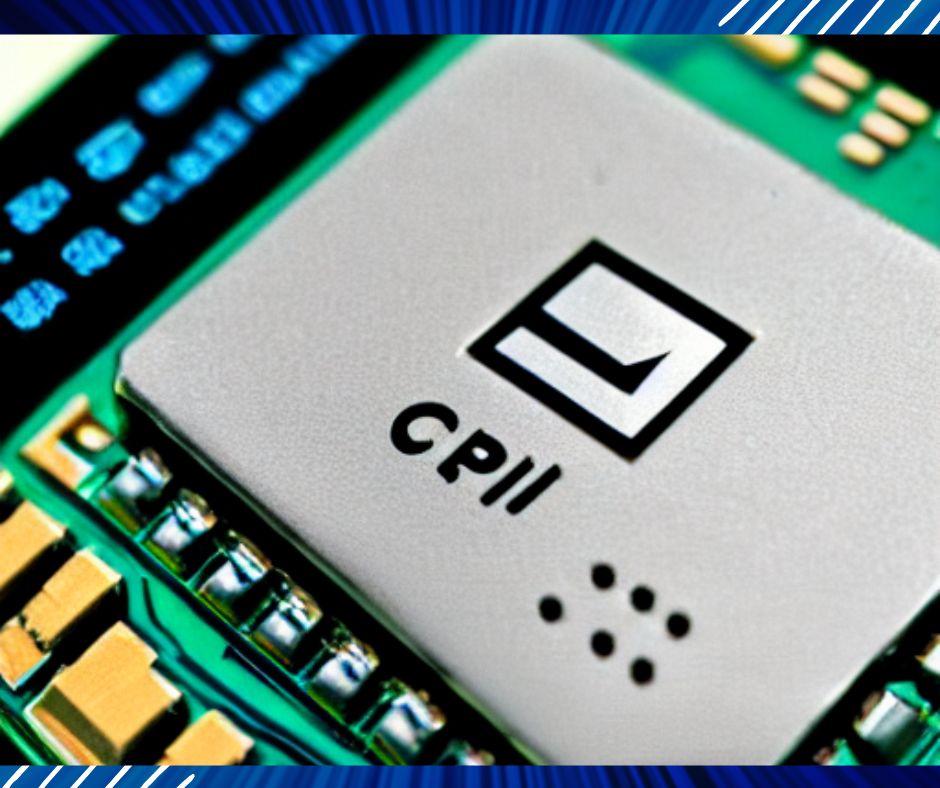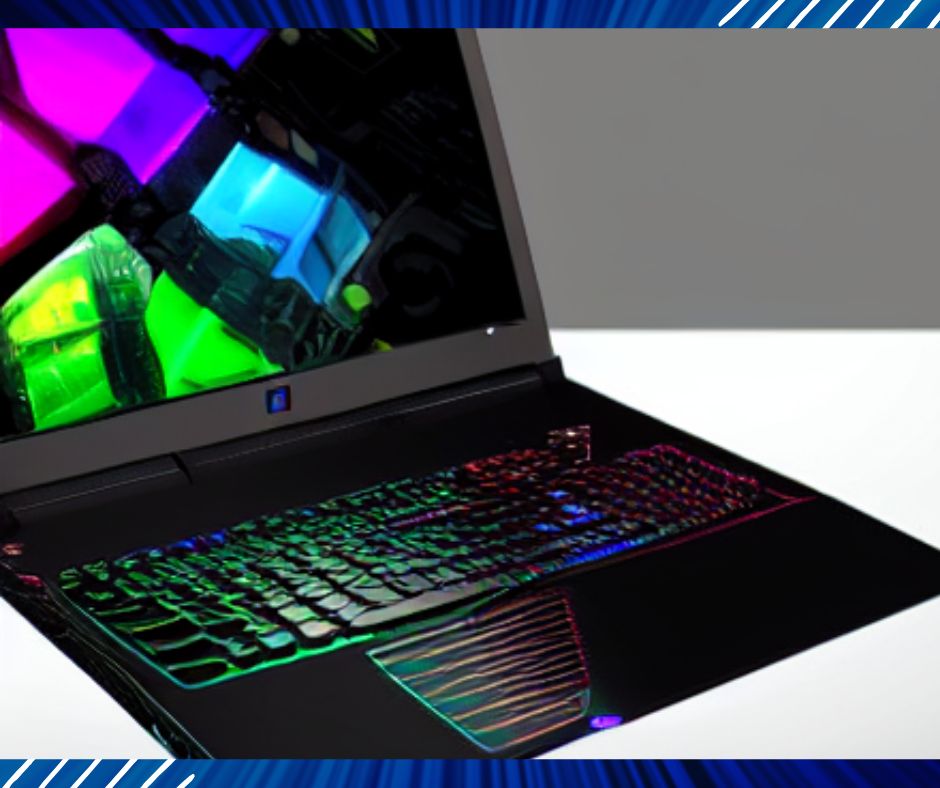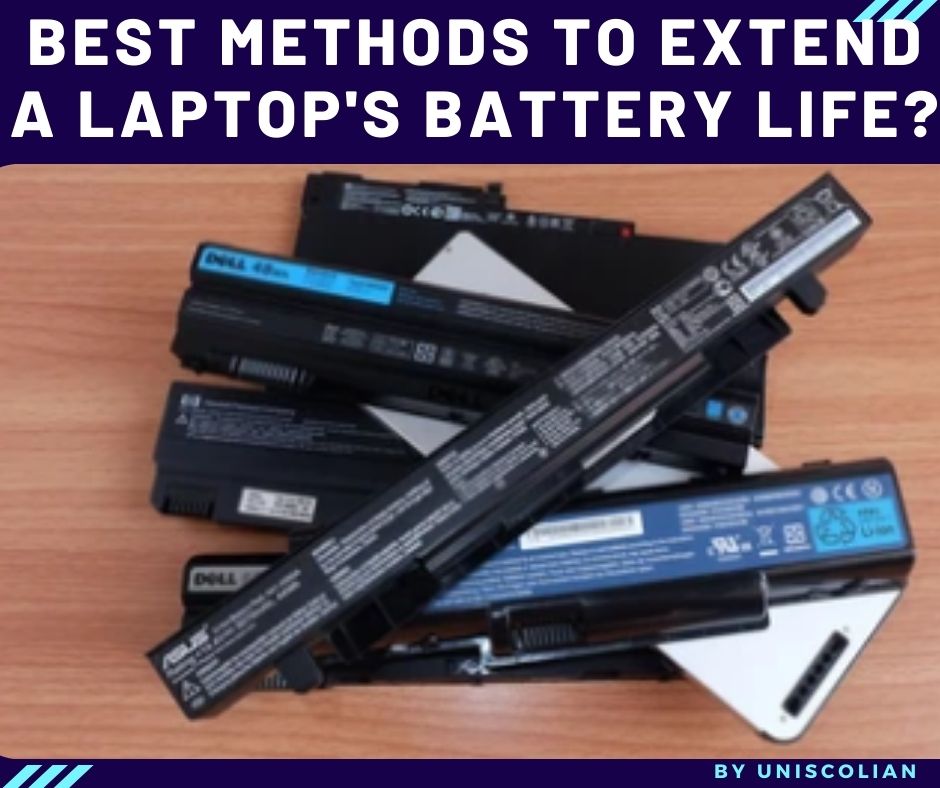
Browsing the internet and reading articles, obviously! Jokes aside, if you’re looking for some real advice here are a few things that you should look into:
– Dim your screen. Most laptops come with an option to change your screen brightness. Alternatively, there are apps that can do it automatically depending on light conditions. Check this article for more info.
– Turn off unnecessary programs running in the background. It might be difficult at first but you’ll soon get to detect what’s worth keeping on or not after practicing for a little while. You can either close them through the Task Manager (press Ctrl + Alt + Delete to open it) or use software like CCleaner which does it automatically. It will also help you get rid of unnecessary files and registry entries.
– Turn off WiFi and Bluetooth when you don’t need them. Having one or both on will drain your battery pretty fast, especially if they’re always looking for devices to connect with (e.g: Bluetooth speakers, mobile phones, or other laptops). Disable them through the right-click menu and if there is an option “Allow this device to turn off the computer” uncheck it so it can’t happen again in the future.
– Use a laptop stand that keeps it elevated from the desk/couch/your stomach – whatever surface you usually use your laptop on. It is proven that having your machine laying flat on a surface will make it lose 15% more juice than if it’s elevated.
– Change your display’s refresh rate if you can. Most modern laptops will ask for this option when you connect an external monitor so I’ll assume that this would be the case for most of us. This is usually located in the bottom right corner of your screen under “Display Settings.” If your laptop doesn’t have such an option or just straight up refuses to change it, try to look into the manufacturer’s website and hunt for a device driver called something like Monitor0, Device0, or Refresh Rate. It might not be as straightforward as on a desktop but it’s definitely worth a shot.
– Try to use Windows on a clean install, if possible. If you upgraded your operating system recently there might be some remnants left over that affect performance and battery life.
– If you’re using Chrome or Firefox try to limit the number of tabs you have open at the same time. Each tab uses memory so sometimes closing them is better than having lots of active but “not important” ones.
– Lastly, upgrade your RAM/Processor/Hard Drive (if it’s HDD) if they are very old (see this article for more info). You can usually make improvements in each aspect without buying new machines by simply getting rid of what’s not working properly anymore and replacing it with something faster, capacity, or both. I hope this helps!
Related Article: What is the best laptop configuration for an engineering student at a college?
When my laptop is fully charged, do I need to remove the charger?
Well, that depends on who you ask: A person on the street may tell you to always unplug your laptop and not rely on those batteries for anything. A geek may tell you that those things hold a charge for some time and it’s okay to leave them in. But for me, I’ll tell you this: You don’t need to do anything. The battery will drain as it sees fit, be it 5 minutes or years from now, without regard for your convenience or even your safety. If it happens overnight if it’s enough to burn down your room by morning… Well, part of the reason fire alarms exist is that people are apathetic about the fire.
Your laptop battery is a potential fire hazard no matter what you do with it, and not waiting for it to harm the house is the least of your concerns.
So then why are people concerned about leaving their laptop ‘plugged in’ all the time? Because laptops have some convenient power management features which can’t be achieved by simply plugging them in. The most common scenario occurs when the device experiences extreme temperature changes, resulting in some components drawing more or less power than they normally would. Even if your laptop’s being stored on an air-conditioned office desk, if you take it out into a scorching summer afternoon it will start demanding considerably more power from your battery until its temperature stabilizes. And this makes sense – components may be designed to withstand a certain amount of power, but there’s no point in pushing them beyond their limits. Thus the real question becomes:
What does your laptop consider “extreme temperature changes”?
A common misconception about laptop batteries is that they will explode if you leave them plugged in and fully charged for a very long time. While this can happen, it’s not going to be a problem as long as you’re using the battery properly. First of all, the most recent factor that contributes to lithium-ion battery fires is physical damage – improper handling or even mishandling by TSA baggage handlers at airports has caused many laptops with damaged batteries to heat up enough for them to combust. The other big reason why batteries explode is that people overcharge them. Almost all laptop batteries are equipped with some form of overcharge protection, but if you leave your device plugged in so the battery drains and then fills up to full again, it can go past the point where the chip will allow it to charge any further.
There is no reason for concern as long as your laptop’s battery isn’t physically damaged and you don’t overcharge it past its rated capacity: leave it plugged in whenever you like.
What about when I’m using my laptop?
A simple way to answer this question is by thinking about what happens when you disconnect your laptop from a wall socket (or remove the battery). You’ll notice that your laptop goes into standby mode until such that its battery finishes draining, and then goes into hibernation mode. This is because your laptop doesn’t know that you’ve unplugged it – if it knew, it would save the state of your programs and shut down until you plugged it back in again. Instead, laptops go into standby mode because they don’t know how long it’ll be before their battery runs out – if they were to hibernate immediately upon disconnection, they wouldn’t have the opportunity to begin the shutdown process should there happen to be a fire or crash while writing data to disk.
So does this mean I’m being hurt by leaving my laptop plugged in all night? No! Not at all – let me tell you why I leave mine plugged in every night:
If I wake up in the morning and my laptop is still plugged-in, it means I can immediately begin using my device without waiting for its battery to charge. This is far more convenient than setting a schedule to charge your devices before you leave.
If I know my laptop is fully charged when it’s off, this means that if there happens to be an emergency I won’t forget to take it with me. This comes from a personal experience of having forgotten a set of power adapters at home once – I wasn’t going anywhere near a wall socket for days because of an important presentation the next day, but after walking into my room and remembering that they were on my desk, I was able to use them immediately.
Related Article: What is the best laptop configuration for graphic designers?
Is it okay to keep my laptop plugged in even at 100%?
I know that the battery is supposed to last longer if it’s always plugged in, but I also feel like it’s bad for the laptop because it just keeps getting power even when full. So should I keep my laptop plugged in always or not?
Laptop batteries are rechargeable which means they can be recharged and discharged hundreds of times before they wear down.
There are a few things you could damage by leaving your laptop plugged in constantly: 1) if you leave a battery at 100% charge all the time, the battery will lose capacity over time as those ions inside can’t move as easily from one end of the battery to another as they would normally 2) Lithium-ion batteries degrade faster at higher temperatures, so leaving it plugged in constantly will make the battery hotter and will probably decrease its lifetime.
3) fast charging wears down a li-ion battery faster than regular charging. So, there is no need to let it drain all the way completely before you plug it back in again — unless your work requires that you have to rely on your laptop being at 100% most of the time.
In short, if you just want to keep your laptop’s battery safe from degradation, try not to charge it constantly and remove any cord as soon as it is fully charged. Also, remember that heat is bad for lithium-based batteries—just don’t leave it near a heater or hot car!
The key is to keep your laptop’s battery healthy by following these simple usage tips:
1) Try to keep the battery between 40% and 80% charged. Not only does this help to prolong its life but it also allows for more uses between charges. As you use your laptop, Windows will automatically stop charging it once it thinks that the battery is full (it’s not possible for Windows to know how much capacity each individual charge has). If you’re leaving your computer plugged into an AC outlet for a long period of time, then you should unplug it or put it on hibernate or screen saver mode if possible (or sleep mode in Macs). Occasionally I check my laptops’ batteries because sometimes one can drain even when idle due to power consumption from other devices like hard drives spinning constantly, which is why it’s good to do this every now and then.
2) Don’t charge your battery all the way up if you’re not planning to use it for a long time. A partial discharge-charge cycle can help preserve the life of your battery.
3) Avoiding running on the AC adapter when you don’t have access to power is another important factor in extending your battery’s life. This means taking steps so that you are minimizing the amount of power drawn by disabling things like WiFi, Bluetooth, etc. When I go camping or take my laptop with me on an outing where there isn’t any power source, I carry a small flash drive that lets me disable wireless devices using its software utility.
4) Try to keep your laptop cool. Laptops are always warmer when they’re plugged into an AC outlet because they are constantly drawing power, which means that the temperature of the unit is higher than it would be if it were running on battery alone. If possible, try to use external cooling or turn off your laptop once in a while.
5) There’s nothing wrong with keeping your laptop plugged in all the time but you will get better battery life if you unplug after charging and occasionally let your battery run down completely before recharging again. On the other hand, if you are one of those people who uses your laptop as a desktop replacement and leaves it plugged in constantly because it’s always on AC power, then there is no need to worry about your battery life.
If you want to keep your laptop running at its maximum efficiency regardless of whether or not you are near an outlet then I recommend that you follow these guidelines: 1) When using Windows 7 or Vista, go into the Power Options found under Control Panel/Hardware and Sound/Power Options. Then choose “High Performance” for both On Battery and Plugged In settings. This will ensure that your computer isn’t making decisions to put less power draw on the battery so that users don’t suffer from shorter battery lifetimes 2) If you have a battery cycle count, do not let it go over 50-60% before doing a full discharge-charge cycle again. In most cases, it’s best to remove the laptop from the AC outlet after reaching 80% charge and continue to use it on battery until the power is drained down to around 40%. Then repeat this process of charging from 40% to 80%.
In Windows 7, there is something known as a “Balanced” power plan which adjusts settings like the monitor brightness and the speed of your hard drive according to what you’re doing (i.e. balancing between performance and conserving battery life). If you leave that setting enabled then Windows will automatically choose between high performance or better battery depending on whether or not you’re plugged in and what you’re doing. However, it will always automatically switch to “high performance” mode whenever you leave the AC outlet and start running on battery power. If I am using my laptop primarily off of AC power then I recommend disabling this setting by going into the Advanced settings of your Balanced plan under Power Options in Windows 7 (or Control Panel/Hardware and Sound/Power Options in Vista).

